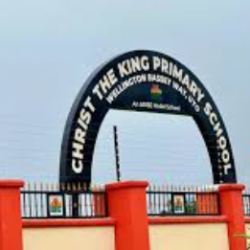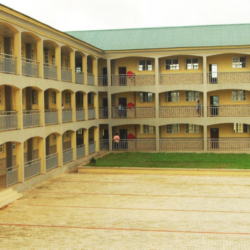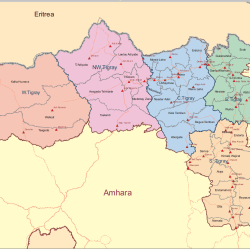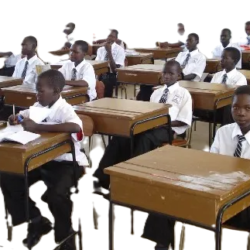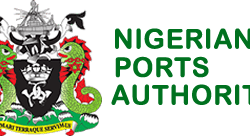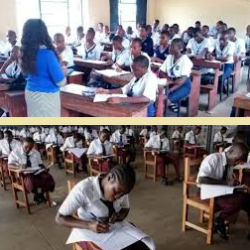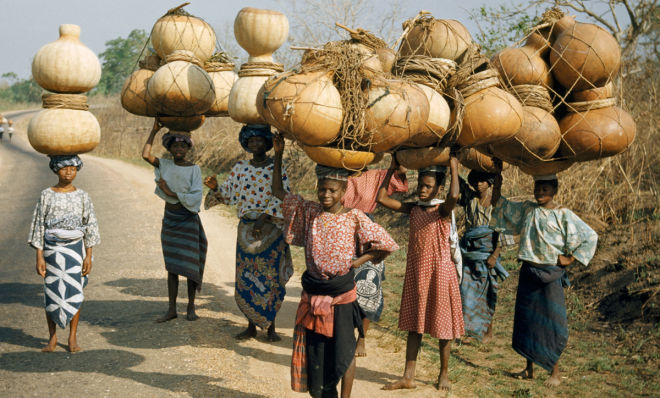The culture of Nigeria is shaped by Nigeria’s multiple ethnic groups. The country has over 50 languages and over 250 dialects and ethnic groups.

The Edo people are predominant in the region between Yoruba land and Igbo land. Much of the Edo tends to be Christian while the remaining 25 percent worship deities called Ogu. This group is followed by the Ibibio/Annang/Efik people of the coastal southeastern Nigeria and the Ijaw of the Niger Delta.
The three largest ethnic groups are the Hausa-Fulani who are predominant in the north, the Igbo who are predominant in the south-east, and the Yoruba who are predominant in the southwest.

The rest of Nigeria’s ethnic groups (sometimes called ‘minorities’) are found all over the country but especially in the middle belt and north. The Hausa tend to be Muslim and the Igbo are predominantly Christian.
It is popularly believed that Nigeria has about three hundred fifty linguistic groups.
Language is the vehicle for creating and mastering the complex realities that define any geographical expression. It is the most dynamic element of any culture or society. Languages are vital for transmitting knowledge, world views and verbal arts over the years.
These languages and the cultures they transmit are however not barriers but bridges of understanding and mutual cooperation across their respective frontiers which differentiates them as entities sometimes referred to as “ethnic nationalities”.
Some super structures are known to have grown which help to mediate the diversities and channel them into harmonies and unity. This is why today we talk about “Unity in Diversity”. Examples of such include, dress modes, inter-ethnic marriages, shared religious beliefs and practices as well as commerce.
People have equally developed interest in other cultures to the extent of speaking different languages and taking names from other cultures for their children.
In the area of dressing, Nigeria is characterized by the diversity of its traditional attires. It is fashionable for Nigerians to wear the traditional dresses of their regions or ethnic groups of origin. The Igbo men from southeast geo- political region for instance are known for their red caps just as the hat is a peculiar feature of men’s traditional wears in the Niger Delta region. In Benue State the “Ange” cloth characterized by its zebra-like black and white stripes is used by the Tiv people while their Idoma neighbours wear similar clothes with red and black stripes. But it is not uncommon for Nigerians to adopt particular attires from other regions which have become very popular. The ensemble “Baban riga” (or “Agbada”), “Buba” and “Shokoto”, completed with a cap to match, or the “Kaftan” which are popular among the men-folk in the north (predominantly Hausa/Fulani) are now worn by people from other parts of the country. In western Nigeria, the Yoruba brand of the “Agbada”, “Buba”, “Shokoto”, with the cap to match, has become popular too.
The recently introduced attire, referred to as “resource control”, which was initially associated with men from the Niger-Delta region has today become a common outfit across the length and breadth of Nigeria. As for the women- folk, the “Buba”, “Iro”, “Gele”, “Ipele” have been adopted across the regions with minor nuances of style. Although attached to the uniqueness of the traditional attires of their places of origin, Nigerians are also simple lovers of beauty and so do not hesitate to adopt a fashion or an object of beauty that appeals to them. Most of these cloths are products of hand-woven fabrics such as “Akwete”, “Aso-Oke”, “Batik”, “Tie and Dye”, “Ota- ochi”. These materials are the vogue in the textile industry. Nigerians have carved a niche for themselves in the fashion world. The use of “Ankara” materials by both men and women sets Nigerians apart in fashion at home and internationally.
Reference
https://fmic.gov.ng/culture/culture/
